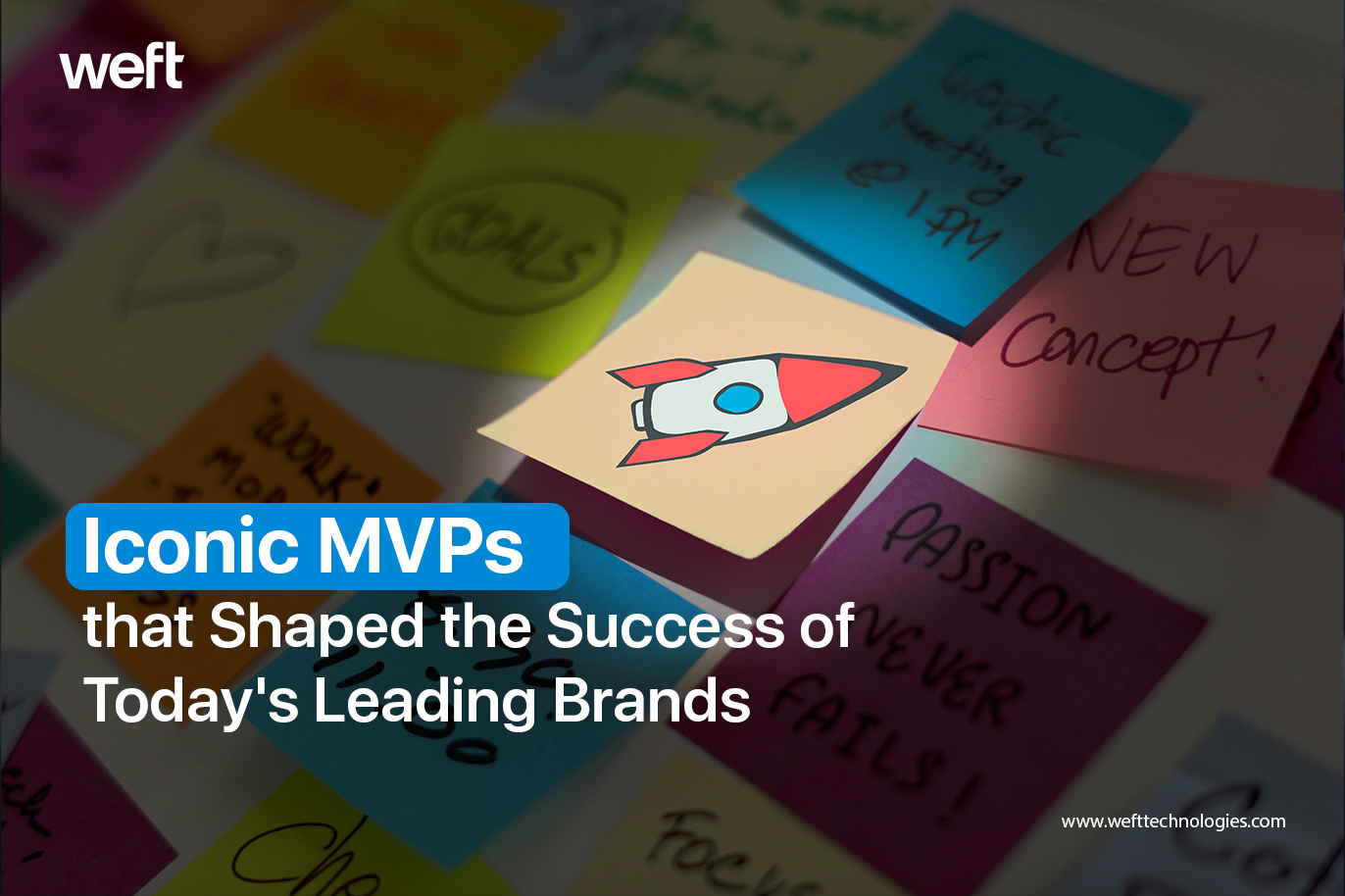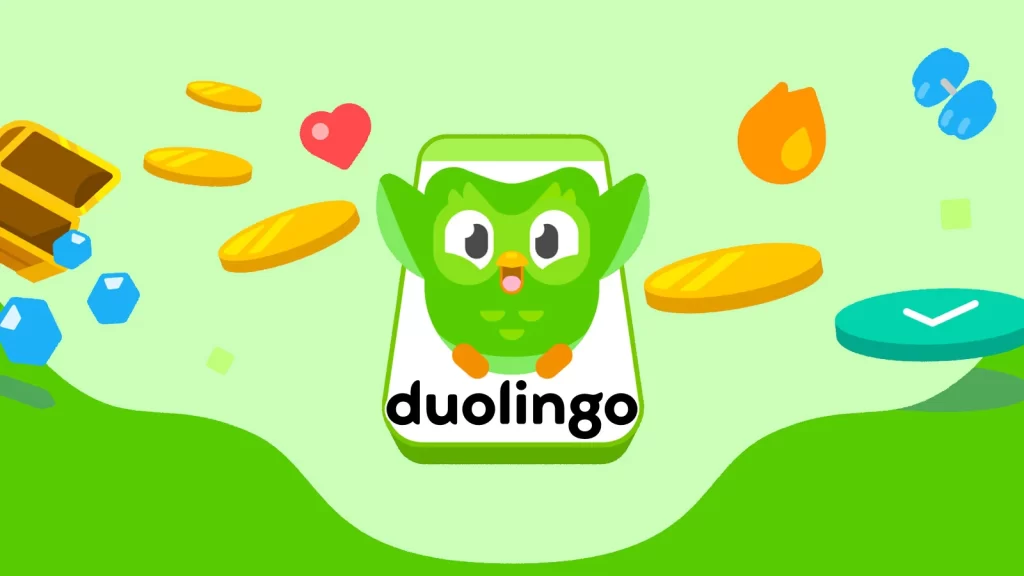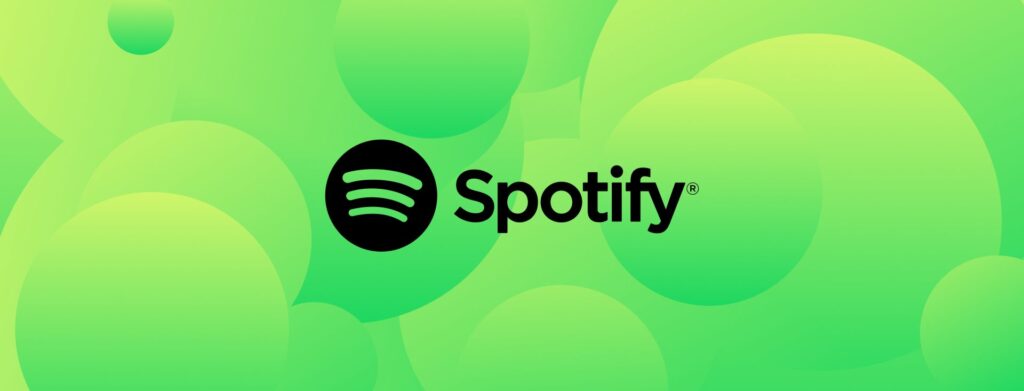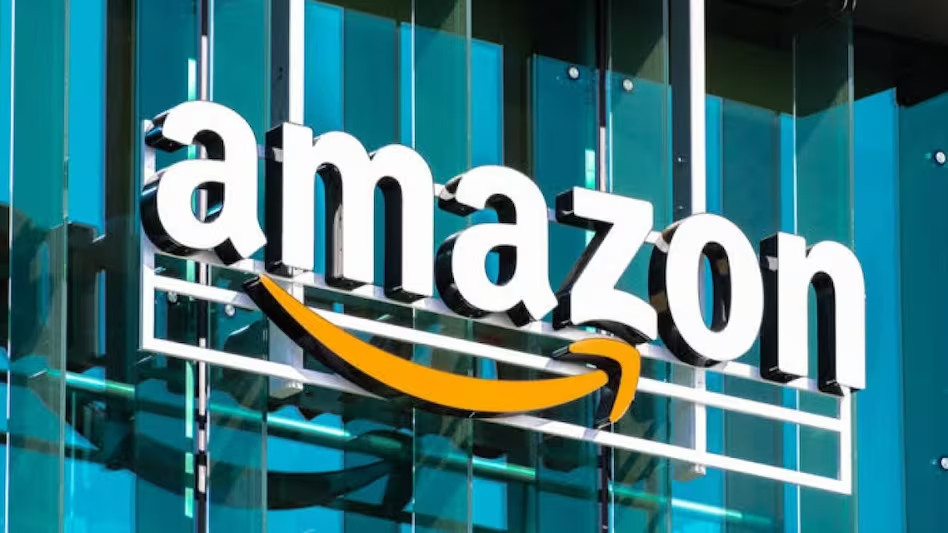
Iconic MVPs that Shaped the Success of Today’s Leading Brands
- Lekshmi SP
- September 10, 2024
The tech world is growing so quickly these days, it’s almost a blur of change. Amidst such a fast-changing world, it might seem like a herculean task to stand out from the competition. Moreover, most startups run the risk of failing. MVP development services can mitigate this risk, allowing you to validate ideas before scaling. An MVP can test the market and gather feedback, allowing you to iterate quickly. In fact, many of the biggest brands today began their journey as MVPs.
This blog analyses some humble MVPs that went on to become successful brands.
Duolingo
Learning a new language can be overwhelming. There are textbooks and expensive courses to choose from. But it is hard to stay motivated and it is hard to pick the right materials to aid you. Luis von Ahn and Severin Hacker saw this as an opportunity. They came up with the idea of a free platform that could gamify the language learning process. And that was Duolingo.
A Brief History of the App
Initially, Duolingo started out as a simple MVP. The platform offered lessons in just a few languages. The only capability of the platform was to teach vocabulary through short lessons and a gamified system. The target was those users who were excited about the interactive and fun interface. Game-like features, such as streaks and point systems helped keep the users motivated. Users kept coming back to maintain their streaks and earn rewards. This helped increase the retention rate.

Key Takeaways
- Simple – Less is more in the case of an MVP. Duolingo limited itself to just a few languages. This prevented them from spreading resources too thin. After all, perfecting the core functionality is more important than adding a lot of imperfect functionalities.
- Gamification – Every MVP should have something that helps them stand out from the competition. In the case of Duolingo, it was the gamified system. Features like streaks, points, and treasure chests made language learning feel like a game.
- Freemium Model – Monetizing your product too early is a mistake many MVPs tend to make. However, Duolingo did not err in this regard. The app’s MVP focused on a free, ad-supported version. Once they had established a significant user base, they introduced premium subscriptions.
- Iteration – The initial MVP of Duolingo was iterated upon many times in accordance with user feedback. Even Duo, the official mascot of Duolingo changed over time.
Dropbox
People used to rely on USB drives to transport data between devices because cloud storage wasn’t mainstream. But then came Dropbox. It revolutionized the way people store and share files.
A Brief History of the App
Carrying around a physical storage device is not convenient. You might lose it or misplace it. This is the pain point that Drew Houston, the founder of Dropbox, sought to solve. Houston teamed up with Arash Ferdowsi in 2007, and together they set out to build a seamless, cross-platform file storage solution. But the initial version of Dropbox did not have the resources or user base to demonstrate its full potential. So an explainer video was created and released. The video demonstrated the convenience of using Dropbox’s solution. The primary target of the video was a tech-savvy audience. We could say this explainer video is the MVP that gave wings to the idea behind Dropbox. It attracted investors and users who couldn’t wait to get the actual product.

Key Takeaways
- Simple – Dropbox’s MVP was centered on solving a single problem – file storage and access across devices. This resonated with users who shared the same pain point.
- Explainer Video as MVP – Instead of building a full product, Dropbox’s MVP was a 4-minute video. It captured users’ attention, validated the idea, and generated massive demand before the product was even launched.
- Iteration – Dropbox relied on beta users to provide feedback. This helped improve the product and refine the user experience.
Spotify
The music industry in the 2000s was plagued by piracy. With platforms like Napster causing a disruption in the industry, labels were finding it extremely difficult to protect the rights of their artists. Spotify aimed to solve this problem. Founded in 2006, it created a legal alternative to music piracy.
A Brief History of the App
As we just mentioned, the problem here was piracy. Daniel Ek and Marin Lorentzon believed that the solution here was to create a superior product. A product that can offer users access to music at reasonable rates. Thus they created an MVP – a simple desktop app that allowed users to stream music. The app was supported by ads and gave people an alternative to downloading music illegally. Initially, the app faced several challenges. Signing deals with record labels was time-consuming and users were hesitant to pay for music.
Spotify’s MVP was first launched as a closed beta in Sweden. The feedback from this was then used to improve the platform. The focus was on quality streaming and an easy-to-use interface. Soon this version of the app gained traction and Spotify expanded into a freemium model with paid subscriptions for ad-free experiences.

Key Takeaways
- Single-Feature Focus – Spotify’s MVP development concentrated on one core feature, which was music streaming. This feature was perfected first and additional features were introduced only much later.
- Freemium Model – The free version of this MVP generated revenue through ads. The premium version offered extra features like offline listening and higher-quality audio.
- Regional Testing – It is very important to test the viability of an idea before investing large amounts in it. This is exactly what Spotify did. The barebones MVP version of the product was launched in a controlled market initially. This allowed the founders to test the viability of their idea and iterate on the product before going global.
Amazon
Did you know that Amazon began as an online bookstore? In 1994, Jeff Bezos left his high-paying job to realize a vision. His vision was to create a marketplace that could sell books to anyone, anywhere.
A Brief History of the App
Amazon was initially launched as a very simple MVP. Jeff Bezos chose to launch it as an online bookstore as books were easy to ship. Moreover, books have a universal appeal that is hard to beat.
The MVP’s website was basic but it allowed users to perform all the necessary actions. This included browsing a catalog of books, making purchases, and leaving reviews. Once an order was placed, Bezos and his small team manually packed and shipped orders from his garage. What set Amazon apart was the reviews feature. This feature helped create a community around the product.
Over time the platform expanded into electronics, clothing, groceries, and eventually cloud computing services (AWS).

Key Takeaways
- Single-Focus – Amazon’s MVP concentrated on selling books. However, the goal was to create a scalable e-commerce platform.
- Customer-Centric – From the beginning, Amazon focused heavily on customer satisfaction. Features like user reviews helped build trust and community.
Conclusion
These stories prove that the MVP strategy, when done right, can lead to monumental success. This is how companies like Duolingo, Dropbox, Spotify, and Amazon rose to dominate the market. Each of these brands focused on solving a specific problem. They started small and tested the viability of their ideas. Later they gained feedback from their users and improved their products accordingly.
If you are planning to partner with an MVP development company in India, consider the following;
- Start with a single, well-defined problem and solve it.
- Gather early feedback, iterate, and improve your product.
- The initial MVPs have to be simple. But you should have a long-term vision to guide its growth.
- Adapt based on market demands, user behavior, and new opportunities.
